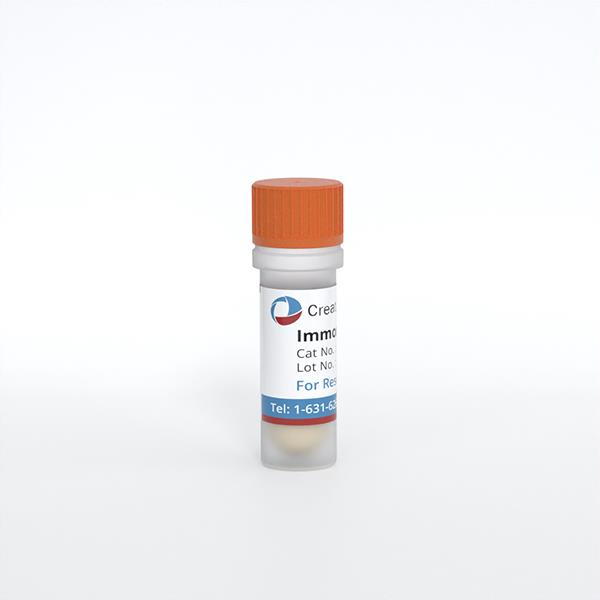
Immortalized Mouse Schwann Cells
Cat.No.: CSC-I9279L
Species: Mus musculus
Source: Brain
Morphology: Spindle-shaped
Culture Properties: Adherent
- Specification
- Q & A
- Customer Review
Cat.No.
CSC-I9279L
Description
Immortalized Mouse Schwann Cells are derived from Twitcher mice. The Schwann cells were immortalized spontaneously in culture, dubbed as the TwS1 cells, and can be used as a murine model for globoid cell leukodystrophy (Krabbe disease) studies. Unlike the normal mouse Schwann cells (Immortalized Mouse Schwann Cells (IMS32)), the TwS1 cells have a nonsense mutation in the GALC genome which is associated with the pathogenesis of Krabbe disease. These cells also exhibit markers for S100, laminin, p75NTR, GFAP and vimentin.
Species
Mus musculus
Source
Brain
Culture Properties
Adherent
Morphology
Spindle-shaped
Immortalization Method
Spontaneous immortalization
Application
For Research Use Only
Storage
Directly and immediately transfer cells from dry ice to liquid nitrogen upon receiving and keep the cells in liquid nitrogen until cell culture needed for experiments.
Note: Never can cells be kept at -20 °C.
Note: Never can cells be kept at -20 °C.
Shipping
Dry Ice.
Recommended Products
CIK-HT003 HT® Lenti-SV40T Immortalization Kit
Quality Control
Immunofluorescence detection for S100, laminin, and p75NTR, and for GFAP and vimentin markers
BioSafety Level
II
Citation Guidance
If you use this products in your scientific publication, it should be cited in the publication as: Creative Bioarray cat no.
If your paper has been published, please click here
to submit the PubMed ID of your paper to get a coupon.
Ask a Question
Write your own review
Related Products
Featured Products
- Adipose Tissue-Derived Stem Cells
- Human Neurons
- Mouse Probe
- Whole Chromosome Painting Probes
- Hepatic Cells
- Renal Cells
- In Vitro ADME Kits
- Tissue Microarray
- Tissue Blocks
- Tissue Sections
- FFPE Cell Pellet
- Probe
- Centromere Probes
- Telomere Probes
- Satellite Enumeration Probes
- Subtelomere Specific Probes
- Bacterial Probes
- ISH/FISH Probes
- Exosome Isolation Kit
- Human Adult Stem Cells
- Mouse Stem Cells
- iPSCs
- Mouse Embryonic Stem Cells
- iPSC Differentiation Kits
- Mesenchymal Stem Cells
- Immortalized Human Cells
- Immortalized Murine Cells
- Cell Immortalization Kit
- Adipose Cells
- Cardiac Cells
- Dermal Cells
- Epidermal Cells
- Peripheral Blood Mononuclear Cells
- Umbilical Cord Cells
- Monkey Primary Cells
- Mouse Primary Cells
- Breast Tumor Cells
- Colorectal Tumor Cells
- Esophageal Tumor Cells
- Lung Tumor Cells
- Leukemia/Lymphoma/Myeloma Cells
- Ovarian Tumor Cells
- Pancreatic Tumor Cells
- Mouse Tumor Cells
Hot Products
